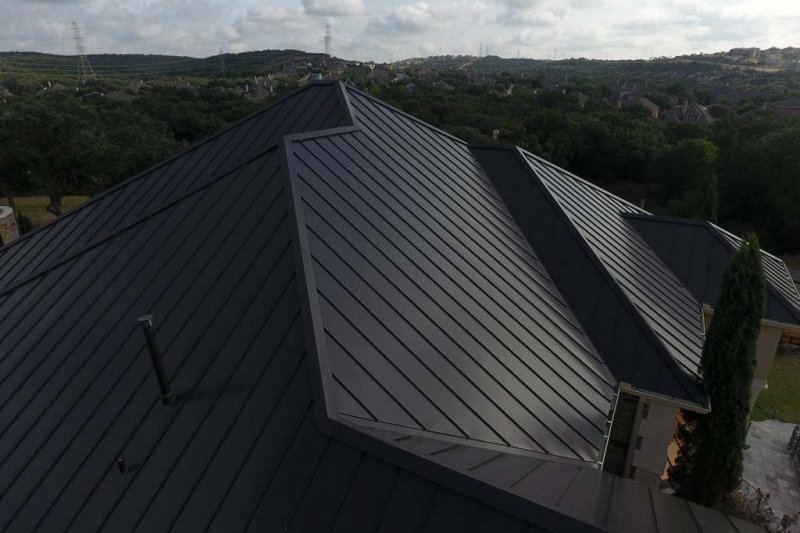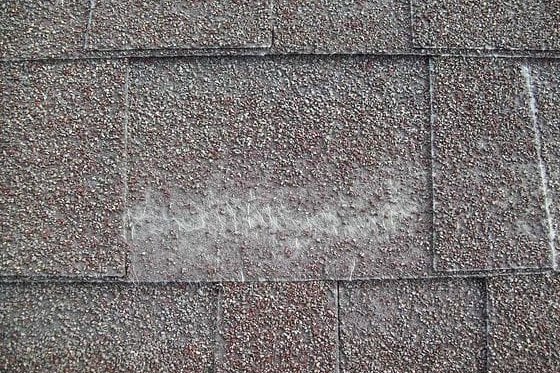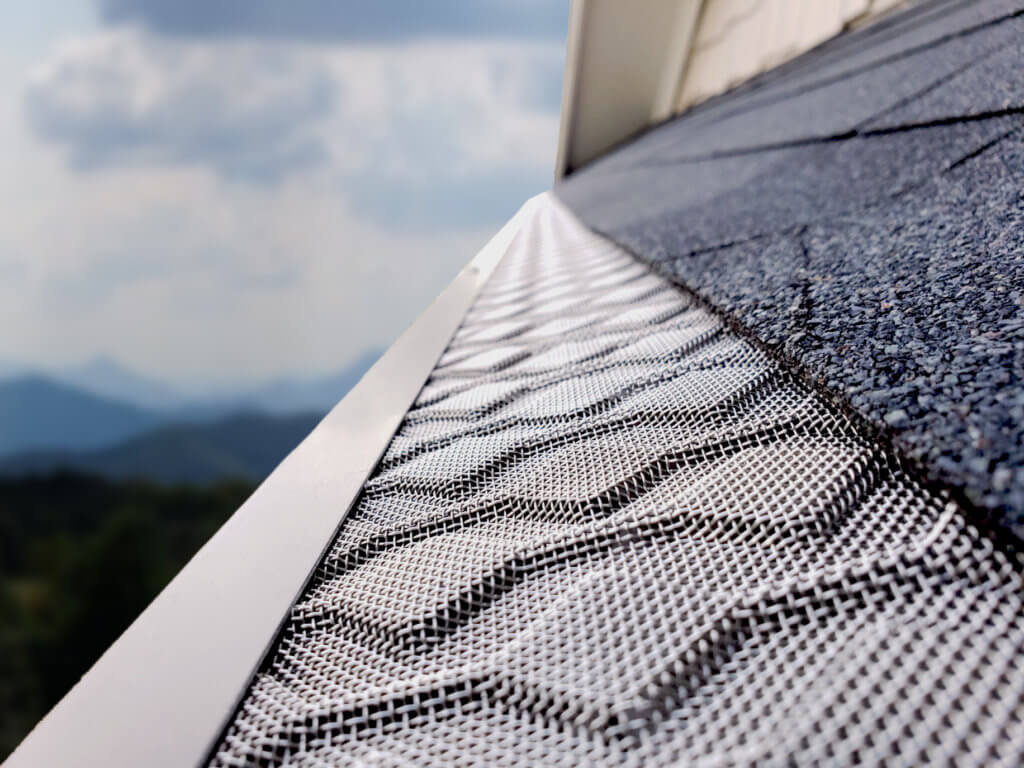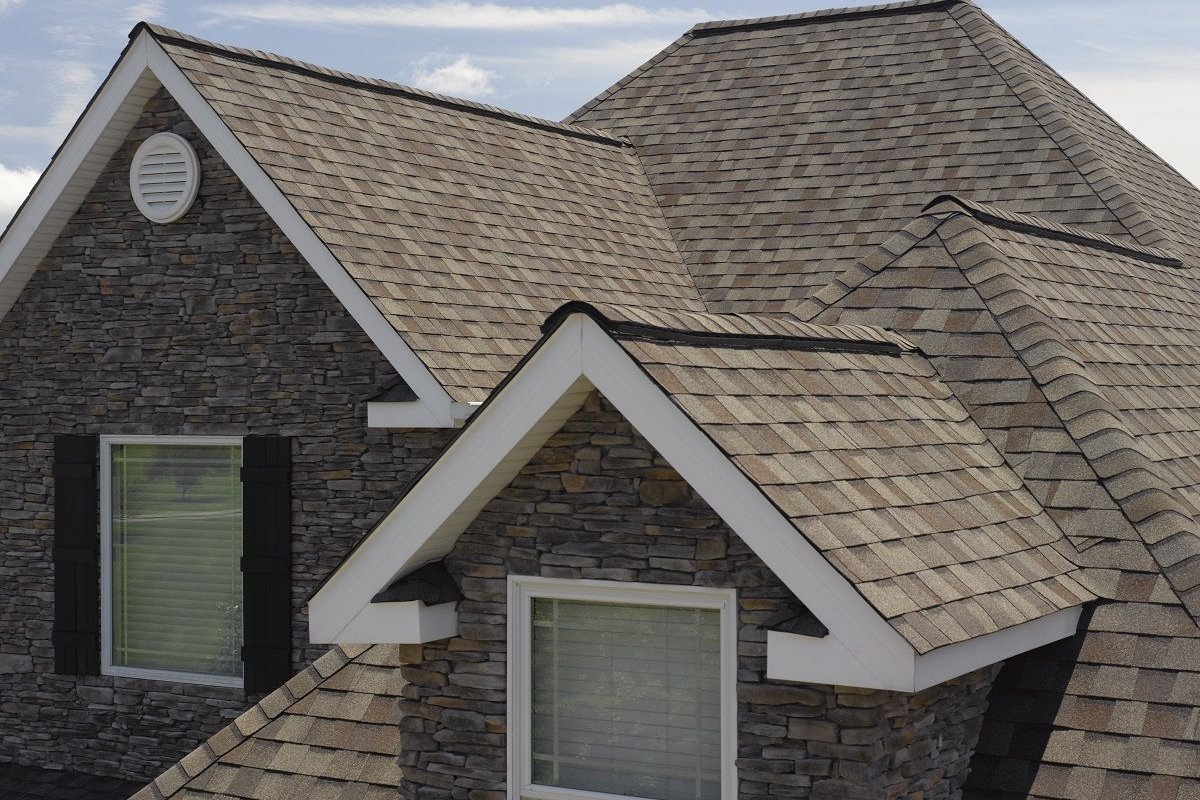Comprehensive Roofing Guide for Portland, Oregon Homeowners
Your roof is arguably the most critical component of your home, standing as the primary defense against the elements. For homeowners in Portland, Oregon, where rain is a frequent visitor and moss growth is a persistent challenge, understanding the condition of your roof and knowing when to seek professional help is paramount. This guide aims to provide a thorough overview of residential roofing essentials, from identifying potential issues to navigating the process of repair or replacement, tailored to the specific considerations of the Portland climate. A well-maintained roof not only protects your property but also contributes significantly to your home's energy efficiency and curb appeal. Staying informed about your roof's health is a key part of responsible homeownership in the Pacific Northwest.
Common Roofing Materials Suitable for the Pacific Northwest
Choosing the right roofing material is a significant decision, influenced by factors like climate, budget, architectural style, and desired lifespan. In a region like Portland, Oregon, materials that perform well against moisture, wind, and temperature fluctuations are particularly important.
Asphalt Shingles: The most popular roofing material in North America, including Portland. Architectural or dimensional shingles are favored over traditional 3-tab due to their durability, wind resistance, and aesthetic appeal. They are cost-effective and come in a wide variety of colors. While generally reliable, their lifespan can be affected by excessive moisture and inadequate ventilation, which can accelerate granule loss and encourage moss growth.
Metal Roofing: Gaining popularity for its longevity, durability, and resistance to fire and high winds. Metal roofs shed water and snow effectively and are less susceptible to moss and algae growth than asphalt. Options include standing seam, corrugated, and metal shingle panels, available in various colors and finishes. While the initial cost is higher than asphalt, a metal roof can last 50 years or more, offering a strong long-term investment.
Cedar Shake and Shingle: Offer a beautiful, natural look that complements many architectural styles. Cedar is durable but requires regular maintenance to prevent moss, rot, and insect infestation, especially in a wet climate. Proper installation with breathable underlayment and good ventilation is crucial. Their lifespan is generally less than metal but can exceed asphalt with diligent care.
Tile (Clay or Concrete): Known for their exceptional durability, longevity (often 50+ years), and resistance to fire and high winds. Tile roofs are heavy, requiring a robust underlying structure. While less common in Portland compared to drier climates, they are an option for homeowners seeking a distinct aesthetic and long-term performance. They are naturally resistant to moss but can be susceptible to freeze-thaw cycles if not properly installed and maintained.
Synthetic Roofing Materials: Designed to mimic the look of natural materials like slate, cedar shakes, or tile, but often with enhanced durability, fire resistance, and less maintenance. Many synthetic options are made from recycled materials and offer excellent performance in various weather conditions, including moisture resistance, making them a viable choice for Portland.
Each material has its own set of advantages and considerations regarding cost, lifespan, weight, and maintenance requirements. Understanding these differences is the first step in making an informed decision about your roof.
Recognizing Signs of Roof Damage and Wear
A proactive approach to roof maintenance begins with knowing what to look for. Many roofing problems start subtly and can escalate into significant issues if ignored. Regular visual inspections from the ground are recommended. Here are key signs that your roof may need professional attention:
Missing or Damaged Shingles: Shingles can be blown off by wind, cracked by hail, or damaged by falling debris. Missing shingles expose the underlying layers to water, leading to leaks and rot. Any missing or obviously damaged shingles warrant immediate inspection.
Curling or Buckling Shingles: Shingles that are curling (edges turning up or down) or buckling (wavy appearance) are often nearing the end of their lifespan. This indicates that the shingle's layers are separating or that moisture is trapped underneath, compromising its ability to shed water effectively.
Granule Loss: Asphalt shingles are covered in ceramic granules that protect the asphalt layer from UV rays and add fire resistance. As shingles age, these granules wear off. Excessive granule loss, often visible in gutters or at downspout outlets, means the shingle is losing its protective coating and is more vulnerable to deterioration.
Moss and Algae Growth: Common in damp climates like Portland, moss and algae retain moisture, which can cause shingles to deteriorate, lift, and curl. While algae (dark streaks) is primarily cosmetic, thick moss growth can lift shingles, allowing water to penetrate the roof deck. Regular moss removal is essential in Portland.
Water Stains on Ceilings or Walls: This is a classic sign of a roof leak. Stains often appear on the top floor ceiling or running down interior walls. Tracing the source of a leak can be challenging, as water can travel along rafters and sheathing before dripping down.
Sagging Roof Deck: A sagging appearance between rafters or trusses indicates a potentially serious structural issue. This could be due to damaged or rotted roof decking (plywood or OSB) caused by prolonged moisture exposure. A sagging roof requires urgent professional assessment.
Damaged Flashing: Flashing is metal or other material used to seal areas where the roof surface is interrupted, such as around chimneys, vents, skylights, and in valleys. Damaged, cracked, or missing flashing is a very common source of leaks.
Clogged or Damaged Gutters: While not part of the roof itself, gutters are critical for directing water away. Clogged gutters can cause water to back up under shingles, overflow and damage fascia and soffits, or pool around the foundation. Damaged gutters need repair or replacement.
Excessive Energy Bills: A poorly performing roof, often due to inadequate insulation or ventilation, can lead to higher heating and cooling costs as conditioned air escapes or outside temperatures penetrate the home more easily.
Age of the Roof: Most asphalt shingle roofs have a lifespan of 20-25 years. If your roof is approaching or has exceeded this age, even if it looks okay from the ground, it's wise to have it professionally inspected. Older roofs are more susceptible to storm damage and sudden failure.
Identifying these signs early can save you from more extensive and costly repairs down the line. If you notice any of these issues, it's time to consider getting a professional evaluation.
If you're unsure about the condition of your roof or just want a preliminary estimate for planning purposes without an in-person visit, consider getting an instant assessment.
Get your free instant roof estimate
Deciding Between Repair and Replacement
Once potential issues are identified, the next step is determining whether a repair is sufficient or if a full replacement is necessary. This decision hinges on several factors:
Extent of Damage: Isolated issues like a few missing shingles or damaged flashing can often be repaired. However, widespread problems like significant granule loss across multiple slopes, extensive curling/buckling, or a compromised roof deck usually necessitate replacement.
Age of the Roof: A roof nearing the end of its expected lifespan (e.g., 20+ years for asphalt shingles) is often a candidate for replacement, even if current issues seem minor. Repairing an old roof can be like putting a band-aid on a larger problem, and you may face recurring issues.
Cost-Effectiveness: While a repair is always cheaper upfront than a replacement, consider the long-term cost. If you need frequent repairs on an aging roof, the cumulative expense might quickly approach or exceed the cost of a new roof, which comes with a new warranty and peace of mind.
Future Plans: If you plan to sell your home in the near future, a new roof can be a significant selling point and may offer a good return on investment. If you plan to stay long-term, investing in a replacement provides decades of protection.
Underlying Issues: Sometimes, the visible damage is a symptom of a deeper problem, such as inadequate ventilation or structural issues. A professional inspection can identify these root causes, which might make replacement the more practical solution to address everything at once.
A qualified roofing professional can provide an expert assessment of your roof's condition and offer recommendations based on their findings. They can help you weigh the pros and cons of repair versus replacement for your specific situation.
Understanding the Roofing Process
For homeowners considering a roof replacement, understanding the basic steps can demystify the process. While specifics vary depending on the material and contractor, a typical residential roof replacement involves several key stages:
Inspection and Planning: A professional inspects the existing roof, measures the area, assesses the roof deck's condition, identifies potential challenges (like steep pitches, complex angles, or accessibility issues), and discusses material options and project scope with the homeowner.
Permitting: Your contractor will typically handle obtaining the necessary permits from local building authorities. This ensures the work meets code requirements.
Material Delivery: Roofing materials, including shingles, underlayment, flashing, and other components, are delivered to your property.
Site Preparation: The work area is prepared to protect landscaping, siding, windows, and driveways. Tarps and plywood are commonly used.
Old Roof Removal (Tear-off): The existing roofing material, underlayment, and flashing are completely removed down to the roof deck. This allows the contractor to inspect the deck for damage (like rot or soft spots) and replace any compromised sections. A complete tear-off is crucial for a proper inspection of the deck and ensures the new roof lies flat and seals correctly.
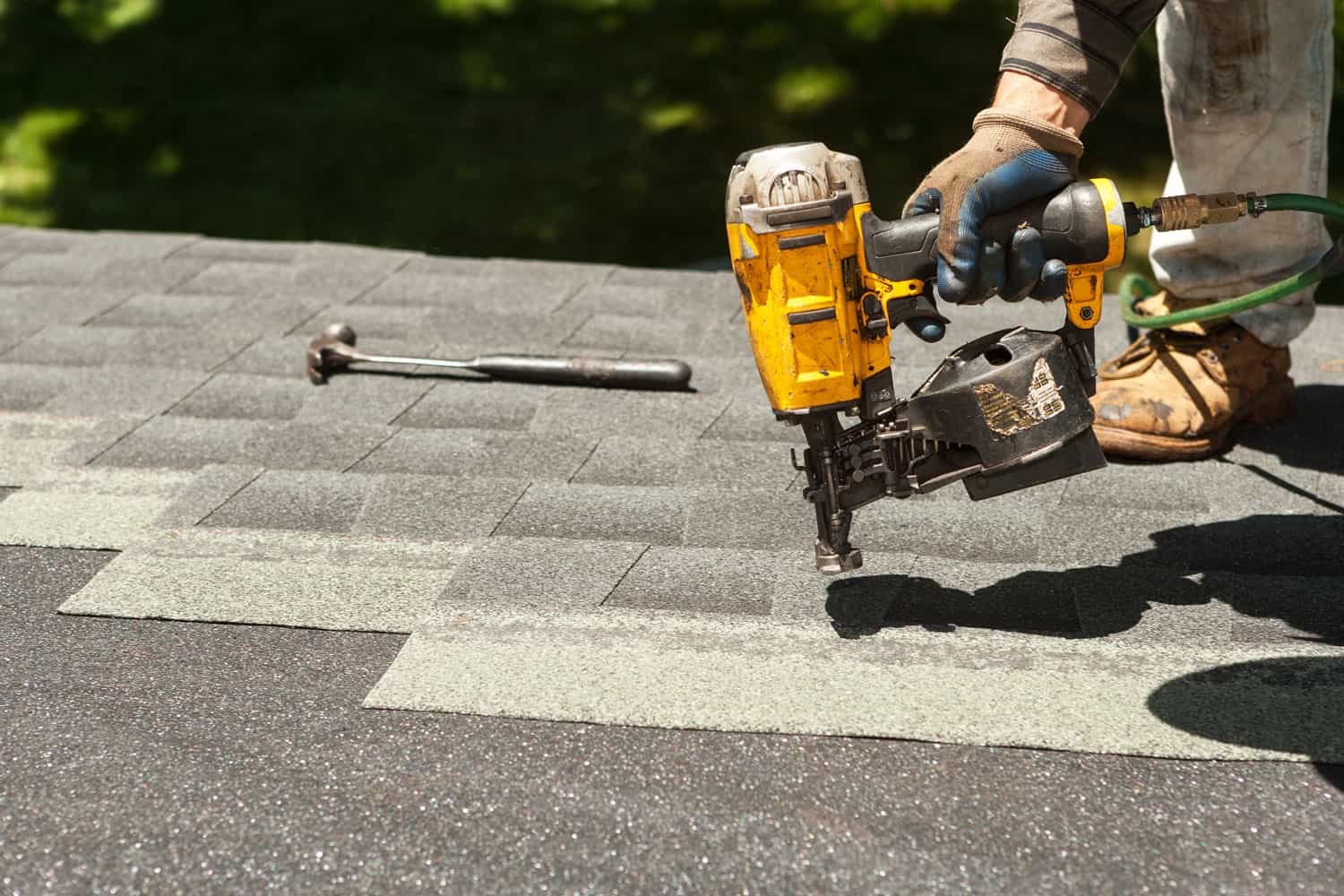
Deck Inspection and Repair: The exposed roof deck (plywood or OSB sheathing) is thoroughly inspected. Any damaged or rotted sections are replaced to provide a solid base for the new roofing system.
Installation of Underlayment and Ice & Water Shield: A protective layer of underlayment (often synthetic felt or rubberized asphalt) is installed over the roof deck. In areas prone to ice dams or heavy rain penetration (like eaves, valleys, and around penetrations), a specialized ice and water shield membrane is applied for extra protection.
Installation of Flashing: New flashing is installed around chimneys, vents, skylights, pipe boots, and in valleys. Properly installed flashing is critical to preventing leaks in vulnerable areas.
Installation of Roofing Material: The chosen roofing material (e.g., shingles, metal panels) is installed according to manufacturer specifications and local building codes, starting from the eaves and working upwards.
Ventilation Installation: Ridge vents, soffit vents, or other ventilation components are installed or ensured to be functioning correctly to facilitate proper airflow through the attic space.
Cleanup: Debris from the old roof and new materials is meticulously cleaned up from the roof, gutters, and ground using magnets to collect loose nails.
Final Inspection: The contractor performs a final inspection, and often the local building inspector will also check the work to ensure it meets code.
The duration of a roof replacement project varies based on the size and complexity of the roof, the material used, and weather conditions, but it typically takes anywhere from a few days to a week or more.
Factors Influencing Roofing Costs
Understanding what contributes to the overall cost of a roofing project is essential for budgeting. Several variables play a significant role:
- Roofing Material: This is often the biggest cost driver. Asphalt shingles are the most budget-friendly, followed by metal, then higher-end options like tile or slate. Synthetic materials vary in cost depending on what they mimic.
- Size of the Roof: The larger the roof area (measured in "squares," where one square equals 100 square feet), the more material and labor required, increasing the overall cost.
- Complexity of the Roof: Roofs with multiple slopes, valleys, dormers, chimneys, skylights, or steep pitches require more labor and specialized installation techniques, driving up costs compared to a simple gable roof.
- Pitch of the Roof: Steeper roofs are more challenging and dangerous to work on, requiring extra safety measures and specialized equipment, which increases labor costs.
- Accessibility: Difficult access to the roof (e.g., due to landscaping, fences, or height) can slow down the process and increase labor costs.
- Condition of the Roof Deck: If the underlying plywood or OSB roof deck is damaged by rot or moisture, sections will need to be replaced, adding to the material and labor costs.
- Underlayment and Accessories: The type of underlayment, ice and water shield usage, ventilation components, and flashing materials all factor into the total cost.
- Disposal Fees: Removing the old roof creates waste, and there are costs associated with disposing of these materials properly, which are usually included in the quote.
- Labor Costs: Labor rates vary based on location, the contractor's experience, and the complexity of the job.
- Permit Fees: Costs associated with obtaining the necessary building permits.
- Warranty: Longer or more comprehensive warranties (material and labor) may slightly increase the upfront cost but offer greater peace of mind.
Getting an accurate estimate involves assessing all these factors. While an in-person inspection is ideal for a final quote, understanding these variables can help you anticipate potential costs.
Planning a roofing project or curious about potential costs based on your home's specific roof structure? Get a fast, preliminary estimate right from your computer.
Get an instant estimate for your roof
Maintaining Your Roof for Longevity
Regular maintenance is key to maximizing your roof's lifespan and preventing costly repairs. In a climate like Portland's, where moisture and organic growth are prevalent, certain maintenance tasks are particularly important:
- Regular Inspections: Conduct visual inspections from the ground at least twice a year (spring and fall) and after major storms. Look for missing or damaged shingles, lifting edges, excessive granule loss, and signs of moss or algae.
- Gutter Cleaning: Keep gutters and downspouts clear of leaves, branches, and debris. Clogged gutters prevent proper drainage, leading to water backup and potential damage to the roof edge, fascia, and foundation. This is especially critical during Portland's rainy seasons.
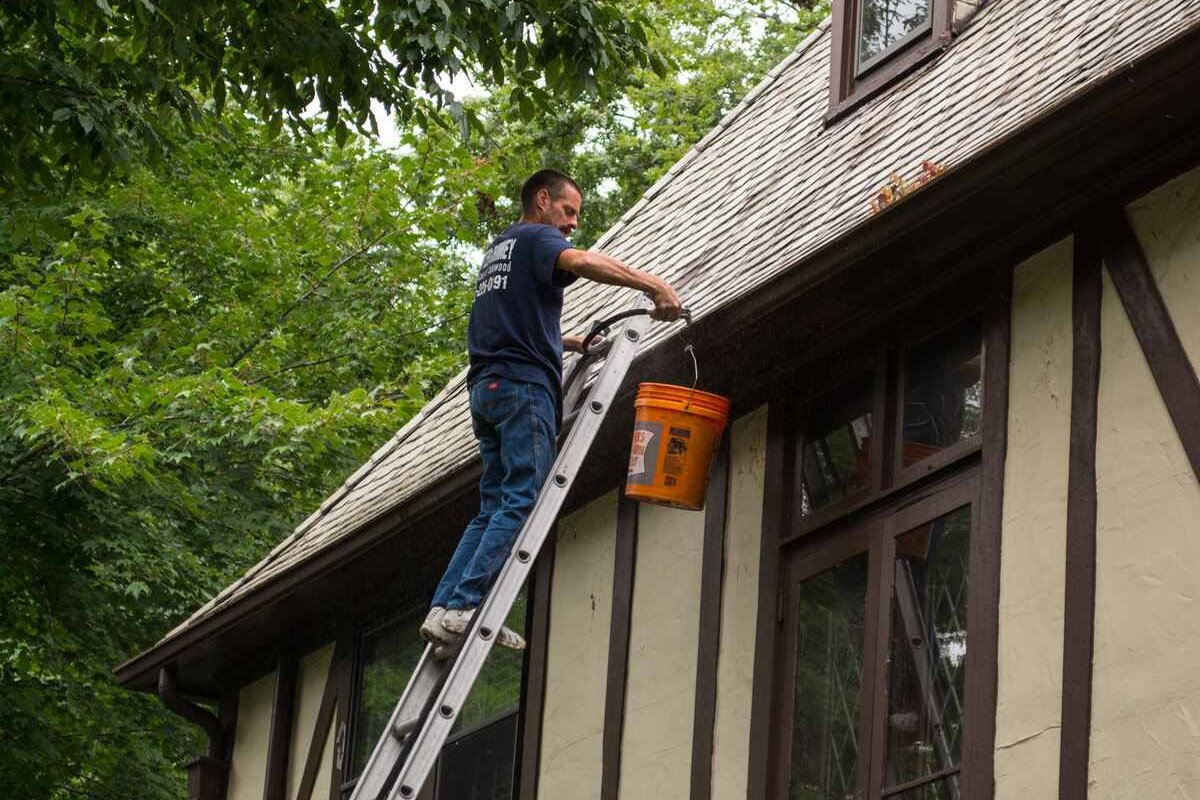
- Moss and Algae Treatment: Address moss and algae growth promptly. Use appropriate roofing cleaning products or hire a professional for soft washing. Do NOT use a pressure washer on asphalt shingles, as this can strip granules and damage the material. Zinc strips or copper granules can be installed to inhibit future growth, but regular cleaning is still often necessary in persistent areas.
- Trim Overhanging Branches: Tree branches rubbing against the roof can wear away shingle granules or damage the surface. Falling branches can cause significant damage. Trimming back trees protects your roof.
- Check Flashing: Inspect flashing around chimneys, vents, and valleys for signs of cracking, lifting, or damage. These are common leak points.
- Ensure Proper Ventilation: Verify that soffit and ridge vents are not blocked (e.g., by insulation in the attic). Proper ventilation regulates attic temperature and moisture, preventing ice dams in winter and premature aging of shingles in summer.
- Address Minor Repairs Promptly: Don't delay fixing small issues like a single missing shingle or a loose piece of flashing. Small problems can quickly escalate into major leaks and damage.
Consistent maintenance helps identify minor issues before they become major problems, extending the life of your roof and protecting your home. If you're uncomfortable performing inspections or maintenance yourself, or if you notice issues requiring professional attention, it's best to call in an expert.
If you've spotted signs of damage, noticed a leak, or simply need a professional inspection to assess your roof's health and perform necessary maintenance, scheduling an appointment is the next step.
Book a roofing appointment
The Importance of Gutters and Drainage
While separate from the roof covering itself, the gutter system is an integral part of your home's overall protection against water damage. Its primary function is to collect rainwater and direct it away from the roof, siding, and foundation.
- Preventing Water Damage: Properly functioning gutters prevent water from pooling on the roof or running directly down the siding, which can cause rot, mold, and mildew.
- Protecting the Foundation: Directing water away from the foundation prevents soil erosion and hydrostatic pressure that can lead to basement leaks and structural issues.
- Protecting Landscaping: Gutters prevent water from eroding soil and damaging plants directly below the eaves.
- Preventing Ice Dams: In cold climates, clogged gutters can contribute to ice dam formation, where ice builds up at the eaves, causing water to back up under shingles and into the home. While less frequent than in colder regions, ice dams can still occur in Portland during cold snaps.
Regular cleaning and maintenance of your gutters are just as important as caring for the roof itself. Ensure gutters are free of debris, downspouts are clear, and water flows freely away from the house.
Roof Ventilation Explained
Proper roof ventilation is crucial for the health and longevity of your roofing system and the comfort and efficiency of your home. It involves a system of intake vents (typically located in the soffits or eaves) and exhaust vents (typically at the ridge or on the roof surface) that allow air to flow continuously through the attic space.
- Moisture Control: Warm, moist air from living spaces can rise into the attic. Without ventilation, this moisture can condense on the underside of the roof deck, leading to rot, mold, and mildew, compromising the roof structure and potentially affecting indoor air quality.
- Temperature Regulation: In summer, proper ventilation allows hot air to escape the attic, reducing cooling costs and preventing excessive heat buildup that can prematurely age shingles. In winter, it helps keep the attic temperature closer to the outside temperature, reducing the risk of ice dam formation.
- Extending Roof Life: By controlling temperature and moisture, ventilation helps prevent the premature deterioration of roofing materials, extending the lifespan of your roof.
A balanced ventilation system, with adequate intake and exhaust, is essential for optimal performance. An experienced roofing professional can assess your home's ventilation needs during an inspection.
Choosing a Qualified Roofing Professional
Selecting the right contractor is paramount to ensuring a successful and durable roofing project. A qualified professional provides expertise, quality workmanship, and peace of mind. Here are key factors to consider:
- Experience and Reputation: Look for contractors with a proven track record and positive reviews from past clients. Ask for references and check online review sites.
- Licensing and Insurance: Verify that the contractor is properly licensed by the state and carries both liability insurance (to cover damage to your property) and workers' compensation insurance (to cover injuries to their crew). Working with an uninsured contractor is a significant risk.
- Local Knowledge: A contractor familiar with roofing in Portland, Oregon, will understand the specific challenges posed by the local climate (rain, moss, wind) and be knowledgeable about local building codes and permitting requirements.
- Clear Communication: Choose a contractor who communicates clearly, answers your questions thoroughly, and provides a detailed written estimate outlining the scope of work, materials, timeline, and cost.
- Warranties: Inquire about the warranties offered, including both the manufacturer's warranty on materials and the contractor's warranty on workmanship.
- Get Multiple Quotes: Obtain estimates from several different contractors to compare costs, proposed solutions, and timelines. However, don't choose solely based on the lowest price; consider the contractor's reputation and the quality of materials and workmanship.
Finding a reliable contractor can be a daunting task, but taking the time to properly vet candidates is a crucial step in protecting your investment.
Finding trusted, pre-vetted roofing professionals in your area doesn't have to be complicated. SkyQuote connects you directly with quality local contractors who can handle everything from inspections to repairs and replacements.
Book a roofing appointment
Protecting Your Home, Starting From the Top
Taking care of your roof is one of the most important investments you can make in your home's longevity and structural integrity. From understanding the materials best suited for the Portland climate to recognizing the subtle signs of wear and tear, being informed empowers you to make timely decisions. Regular maintenance, prompt repairs, and knowing when it's time for a replacement are all crucial steps in ensuring your home remains safe, dry, and protected for years to come. Don't wait until a small leak becomes a major problem. Be proactive in assessing your roof's health and seeking professional guidance when needed.
